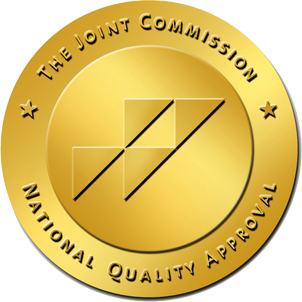
Did you know that the average American consumes nearly 22 teaspoons of sugar per day?
According to the guidelines by the World Health Organization, Americans should limit sugar to no more than 10 percent of daily calories or no more than 12 teaspoons a day on a 2,000-calorie daily diet.
Controlling your sugar intake is important for everyone, but it’s especially crucial for people in recovery. Research has linked high levels of sugar consumption to an increased risk of type 2 diabetes and heart disease. Eating too many processed, sugary foods can also cause erratic energy levels and may even trigger a sugar addiction.
Slashing sugar isn’t always easy, however. Sugar is sneaky — you’ll even find it in so-called “healthy” foods like soup, yogurt or cereal. You best bet is to read those food labels and listen to your body.
Here are some telltale warning signs to watch out for:
- You begin to breakout more often: A high-sugar diet can wreak havoc on your complexion. This is because sugar causes insulin levels to spike, leading to inflammation throughout the body.
- You are battling with fatigue: You’ve likely experienced sudden fatigue, headache or irritability after eating, say, a candy bar and soda or even a bagel with jelly. High levels of sugar flood the blood and create sudden spikes and drops in blood sugar levels.
- You are feeling depressed: Studies show that people who eat high levels of sugar have a higher risk of depression. Sugary foods can cause unstable blood sugar, which leads to mood swings, anxiety and depression.
Rehab Your Diet at 10 Acre Ranch
During rehabilitation, male clients are urged to avoid sugar, caffeine, convenience foods and empty-calorie foods. We emphasize the importance of healthy eating as part of a radical lifestyle change. To learn more about our nutritional therapy program, call us today: 877-228-4679.






